Continuing the discussion from From Illustrator to Inkscape to Glowforge: eight cats!:
At this point in time the Glowforge workspace displays an error message about clipping paths if there is one in the design file. So far it hasn’t affected how to do the print settings or arrange the objects. But I couldn’t let it go so I spent some time trying to figure out the source of the clipping paths that appear in the files that have been done in Illustrator and converted to a PDF or SVG.
I’d appreciate any comments, suggestions or explanations about this phenomenon. One hopes that the Glowforge interface will process Illustrator files natively, but there still might be aspects of the design that might not work. For instance, Ponoko requires that files submitted for processing not contain cllipping paths.
This isn’t to call attention to deficiencies in the Glowforge, Illustrator, Inkscape, @cynd11’s designs but to understand more completely some crucial aspects of vector design that can figure into the workflow.
It started with trying to figure out the source of the clipping mask in the eight cat design file that was a PDF.
I worked with @cynd11 to trace down what was contained in the design files that weren’t apparently visible. I asked @cynd11 to send me a file with some simple squares and circles to see what would happen. She sent me the AI and I opened it up in Inkscape and without changing anything, saved it as an SVG.
The Glowforge interface indicates that there is a clip path in the AI file that I saved as an SVG.
The file looked like only three empty squares and three empty circles. In fact, they were imported as two sets of circles and one set of squares. Part of this is the clip path problem. Part of it is the white fill that was in the circles, which is what we want if we want to engrave something.
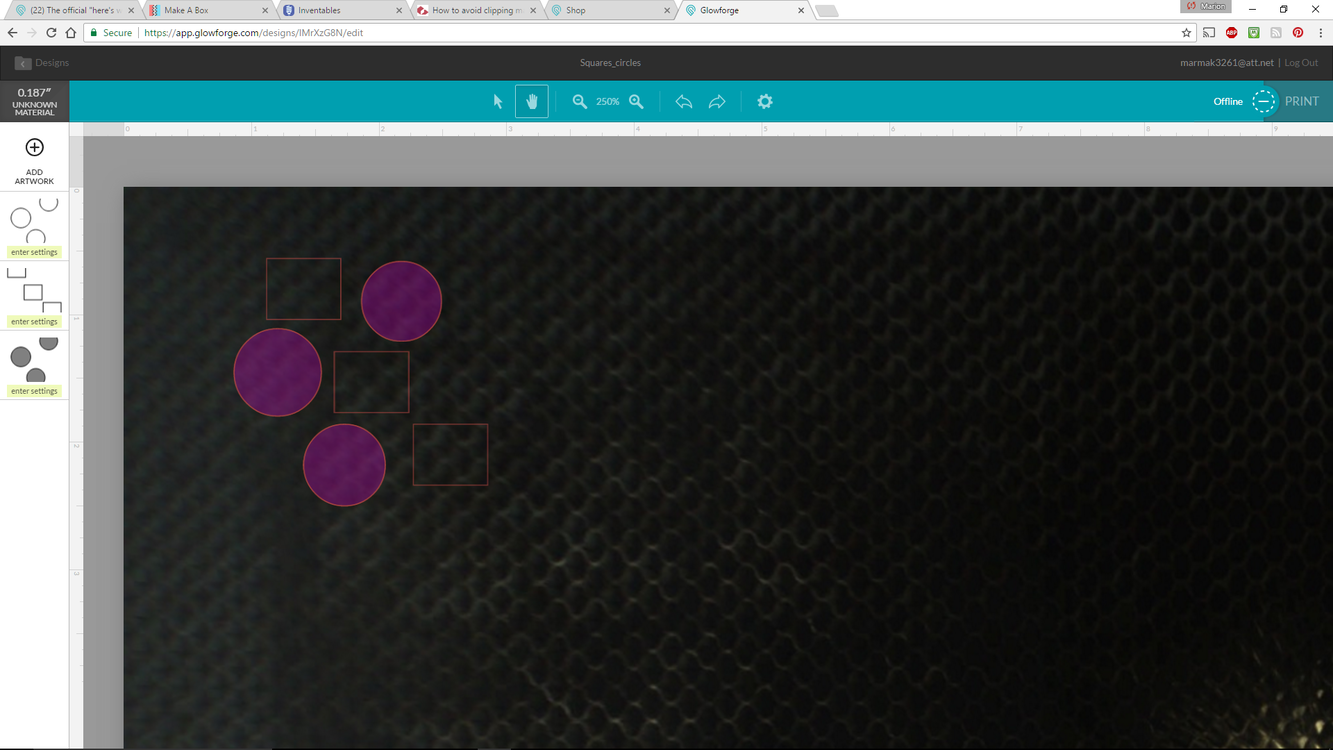
Here is the image opened in Inkscape. Note that the squares are behind the circles and there is no transparency.
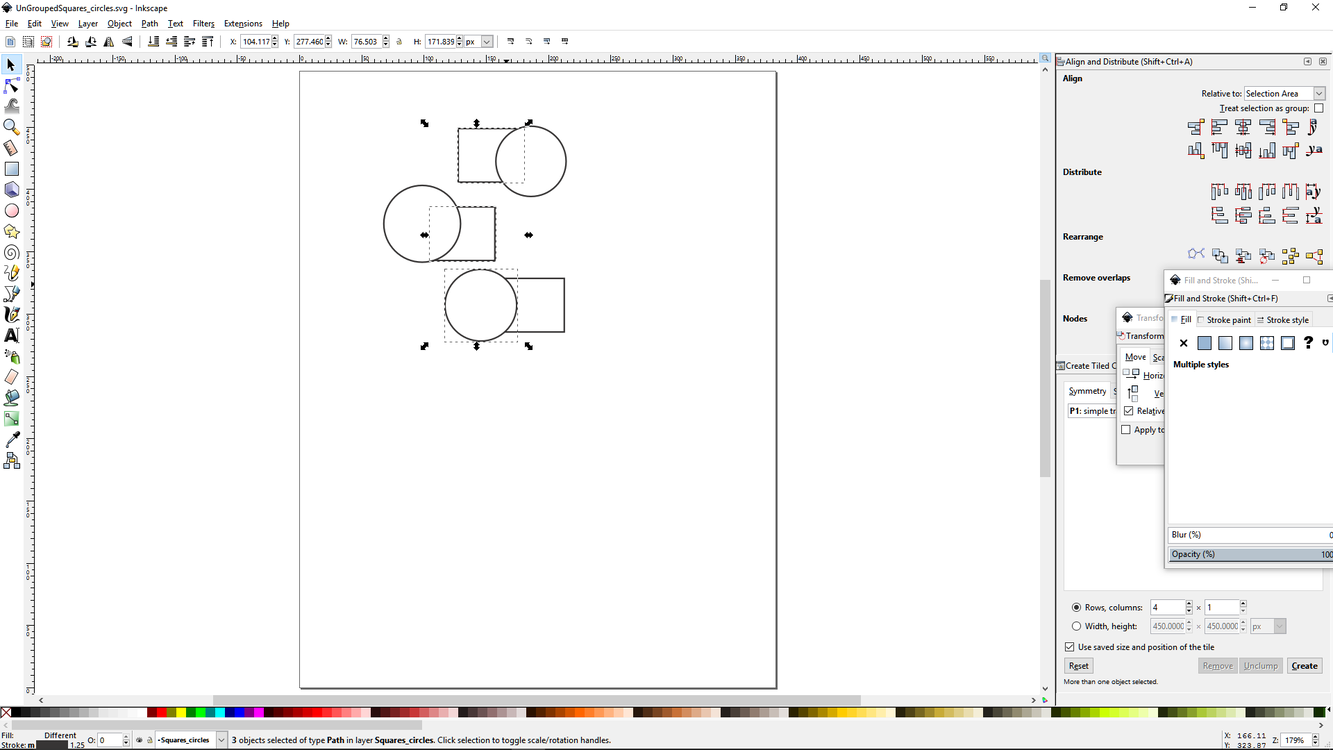
The circles are actually filled white, not sure if that’s what was intended and the circles were filled to start with. Maybe that’s where it originates.
If I right click on the objects, it doesn’t appear to be any clip path/mask.
But if I remove the fill on the circles, they still aren’t transparent. Evidently there is a mask on those circles.
I selected everything and noted that the original location of the circles still contained a clip mask. Note the selection squares around what looks like blank space:
In fact, there are still circles there. I put a red stroke to them to show them. I also ungrouped them.
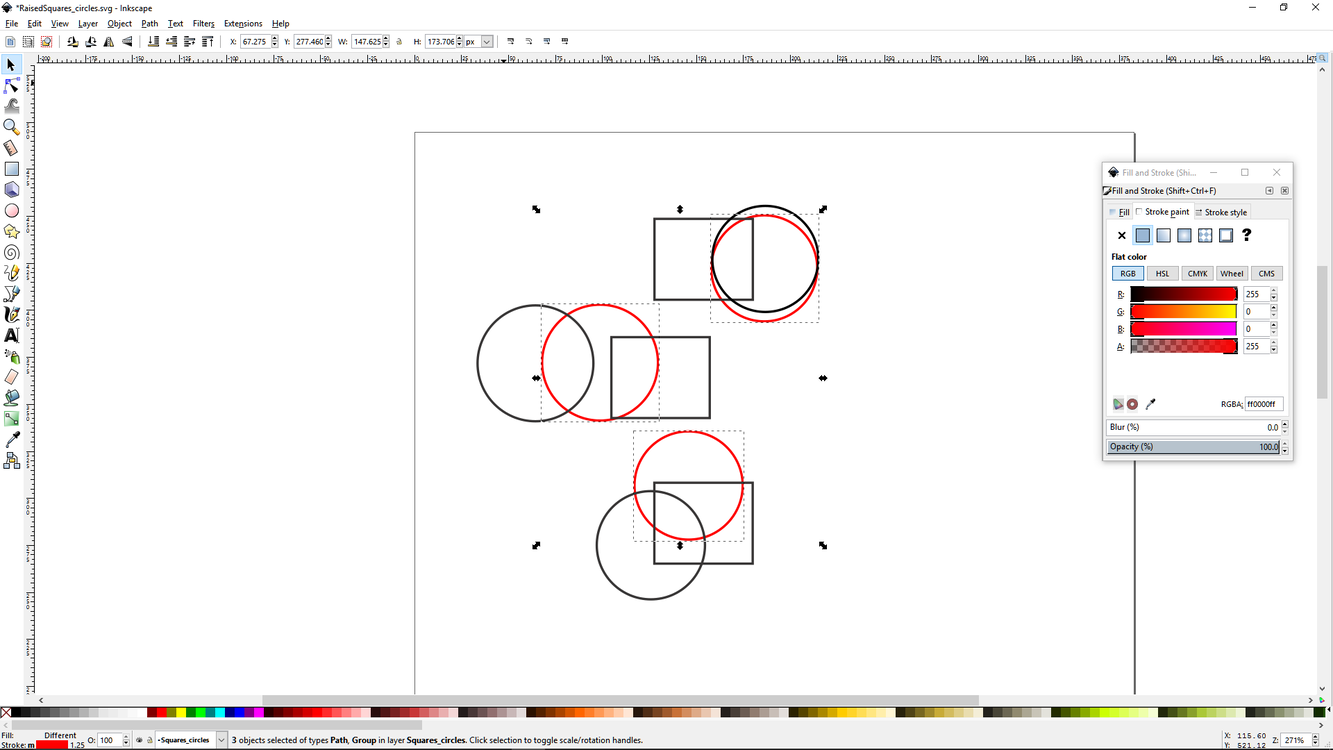
I deleted the extra circles, then I selected everything and converted the strokes to paths. Broke them apart, deleted the extra shapes that now filled the squares and circles and then tried to import to see if any clip path was present.
Still get the error message, but now I have three simple circles and three simple squares in one operation in the Glowforge workspace.
I’ve selected them all again, released both the clip and the mask (even though there was no indication that there is one anywhere in the document and I still get the message that there is a clip path.
So then I copied the squares and the circles and pasted them into a new document and imported that into the workspace. No clip path warning. Strange.
So then I tried to import an empty document with all the circles and squares deleted. The Glowforge workspace says there is nothing in the design and gave an error.
So then I took the original document that had all the circles and squares deleted and then put in one square that I made into a simple stroke. Clip path error upon opening in UI.
Arg!!! So what is in this document that does it? I’m going to keep poking around. So for the first time, I used the XML editor in Inkscape to look at the file contents. There was a clipping path somewhere. I still am not sure how to access it or delete it from the normal Inkscape workspace.
So that’s where it stands.
Once again, I was able to use the file that @cynd11 sent as it was, but in the interest of understanding the design process and all the elements of vector files, this has helped me.
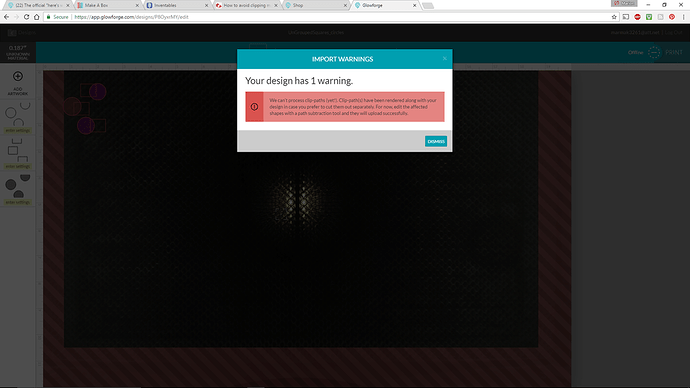
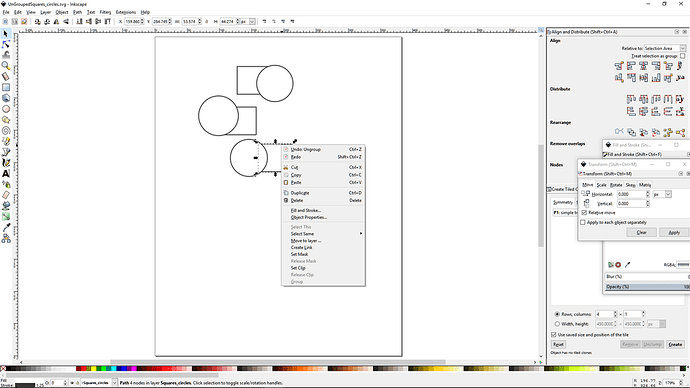
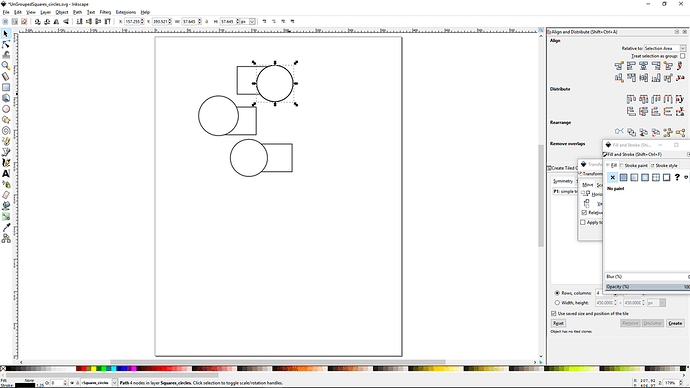
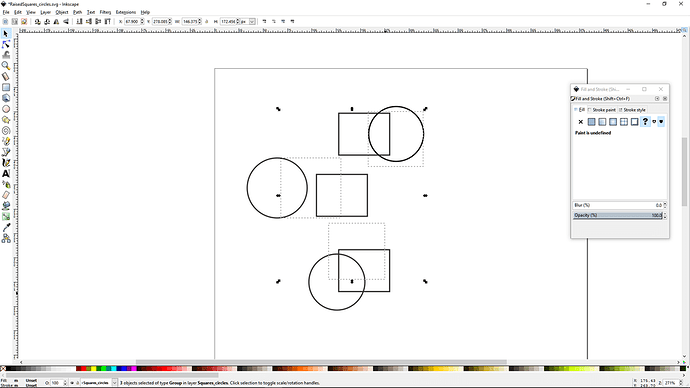
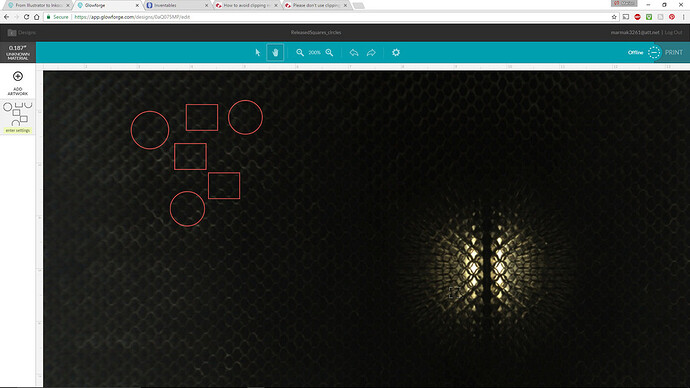
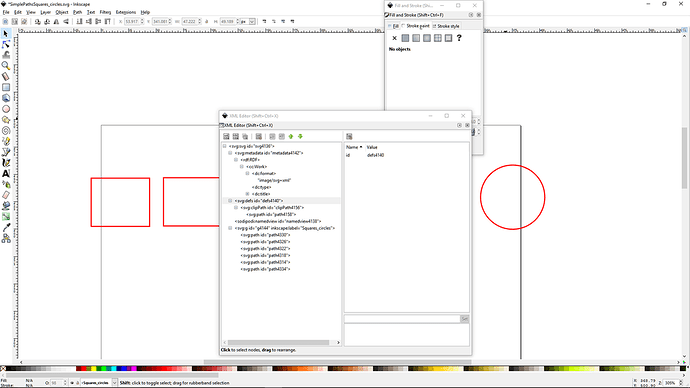


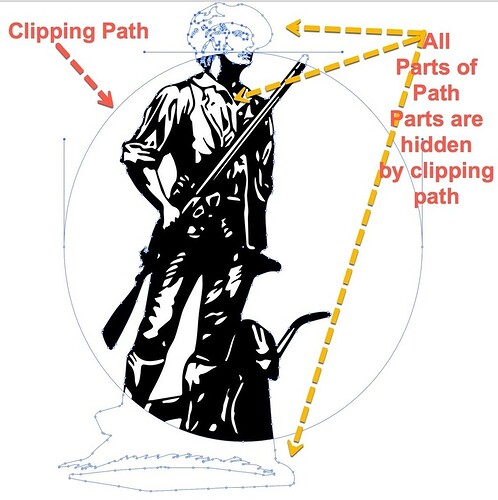
 Excellent example.
Excellent example.